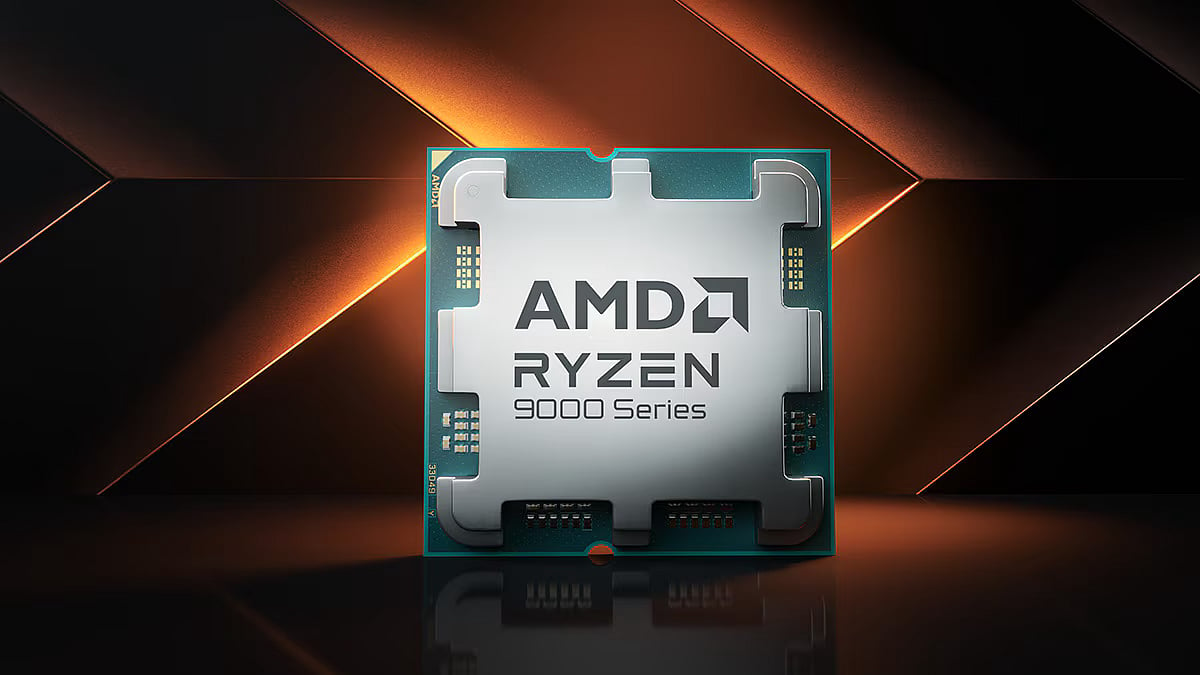
AI boom triggers massive GPU price hike.
AMD Confirms Cost Hikes: Is the Era of Affordable GPUs Over?
A global memory shortage driven by the AI boom is triggering a "second wave" of GPU price surges. Leaks warn of imminent hikes for AMD and Nvidia graphics cards.
Highlights
- A severe global memory shortage is driving a "second wave" of price surges for all GPUs.
- Manufacturers have prioritized AI hardware, creating a critical scarcity of standard gaming memory chips.
- Leaks confirm imminent price hikes for AMD and Nvidia, urging gamers to buy components immediately.
A severe global shortage of memory components is driving a potential price surge that will affect everything from budget-friendly entry-level cards to high-end workstation units. While the industry saw a smaller internal cost hike in October that mostly affected commercial buyers, reports indicate a "second wave" of adjustments is coming.
This time, the price increase is expected to be substantial and will hit retail shelves directly, meaning gamers will feel the pinch immediately.
The primary driver behind this inflation is a massive shift in manufacturing priorities toward Artificial Intelligence. Major industry giants like Samsung, SK Hynix, and Micron have pivoted their production lines to prioritise High-Bandwidth Memory (HBM) for AI servers to meet explosive global demand.
This strategic pivot has severely restricted the supply of GDDR6 memory chips, which is the standard component essential for most consumer gaming GPUs. Without enough GDDR6 chips to go around, the cost of building a graphics card is skyrocketing.
Internal Leaks Confirm the Price Surge
Recent leaks from Chinese social media reinforce just how serious the situation is. According to a post by the hardware industry account "Lonely City Hardware" on Weibo, AMD’s internal communications explicitly highlight that the cost of graphics memory cards has risen significantly. While AMD previously absorbed some of these costs, the new adjustment will likely result in higher end-market pricing across its portfolio.
This shortage is already impacting the new Radeon RX 9070 series, which is currently trading noticeably above its $599 MSRP in several regions. Because AMD typically sells its GPU chips bundled with memory cards to board partners, the company is particularly vulnerable to these market fluctuations.
Financial data paints a grim picture for the immediate future of PC building. Prices for standard DRAM (Dynamic Random Access Memory) have already risen by approximately 170% year-over-year.
The issue is not limited to AMD; analysts warn that rival Nvidia is subjected to the same memory chip market constraints and is likely to follow suit. With supply constraints predicted to extend well into 2026, industry experts advise that true bargains will be scarce, and purchasing components now is the safest bet to avoid the upcoming surge.

Author
Krishna Goswami is a content writer at Outlook India, where she delves into the vibrant worlds of pop culture, gaming, and esports. A graduate of the Indian Institute of Mass Communication (IIMC) with a PG Diploma in English Journalism, she brings a strong journalistic foundation to her work. Her prior newsroom experience equips her to deliver sharp, insightful, and engaging content on the latest trends in the digital world.
Krishna Goswami is a content writer at Outlook India, where she delves into the vibrant worlds of pop culture, gaming, and esports. A graduate of the Indian Institute of Mass Communication (IIMC) with a PG Diploma in English Journalism, she brings a strong journalistic foundation to her work. Her prior newsroom experience equips her to deliver sharp, insightful, and engaging content on the latest trends in the digital world.
Related Articles






